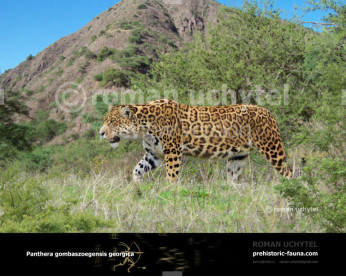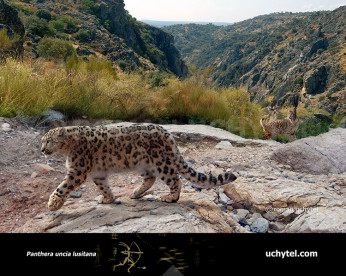European Jaguar (Panthera gombaszoegensis)
102102European Jaguar (Panthera gombaszoegensis Kretzoi, 1938)
Order: Carnivora
Family: Felidae
Genus: Panthera
Species: P. onca
Dimensions: length - 1,9 m, height - 75 сm, weight - 35-120 kg
Temporal range: during the Early -Late Pleistocene in Eurasia (1.9 mya—480,000 years ago)
The European Jaguar (Panthera (Onca) Gombaszoegensis) distributed from the end of the Late Pliocene about 1.5 million years ago and early Pleistocene in Eurasia and is the earliest known Panthera species in Europe. The uniqueness of this cat is that it can be considered as a link between large Pantherine cats of the Old and New Worlds. A form similar to Panthera gombaszoegensis has been found dating from the early Pleistocene of East Africa and had both lion- and tiger-like characters. The European jaguar was probably a solitary animal. It has often been thought to be a forest-dwelling cat, with similar habits to the modern jaguar, although recent work suggests that the association between the European jaguar and forested habitats is not as strong as has often been assumed.
European Jaguar (Panthera gombaszoegensis Kretzoi, 1938)
Order: Carnivora
Family: Felidae
Genus: Panthera
Species: P. onca
Dimensions: length - 1,9 m, height - 75 сm, weight - 35-120 kg
Temporal range: during the Early -Late Pleistocene in Eurasia (1.9 mya—480,000 years ago)
The European Jaguar (Panthera (Onca) Gombaszoegensis) distributed from the end of the Late Pliocene about 1.5 million years ago and early Pleistocene in Eurasia and is the earliest known Panthera species in Europe. The uniqueness of this cat is that it can be considered as a link between large Pantherine cats of the Old and New Worlds. A form similar to Panthera gombaszoegensis has been found dating from the early Pleistocene of East Africa and had both lion- and tiger-like characters. The European jaguar was probably a solitary animal. It has often been thought to be a forest-dwelling cat, with similar habits to the modern jaguar, although recent work suggests that the association between the European jaguar and forested habitats is not as strong as has often been assumed.

-797x638.jpg)
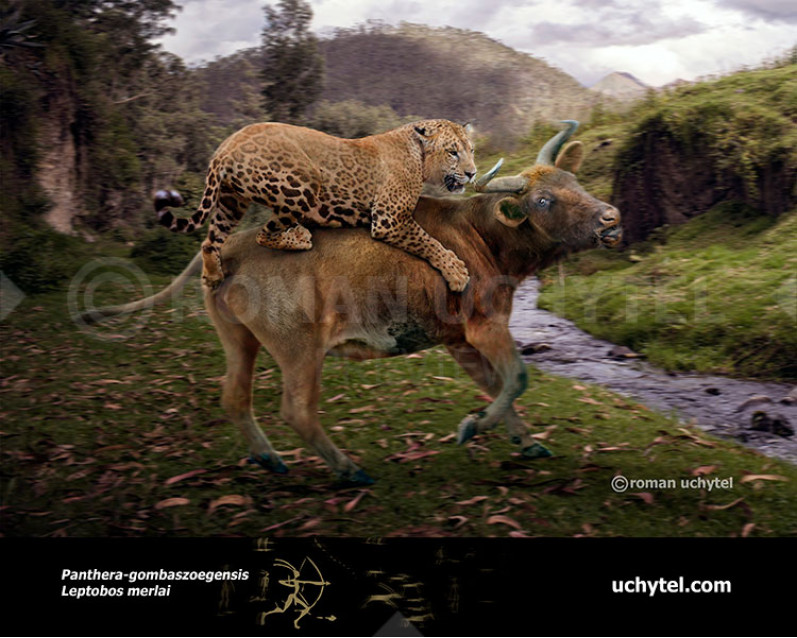
-797x638.jpg)
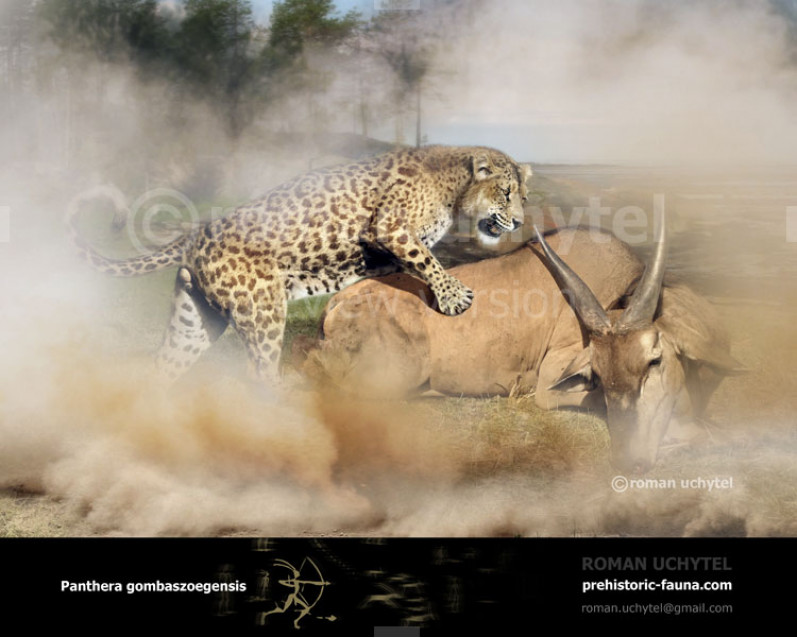
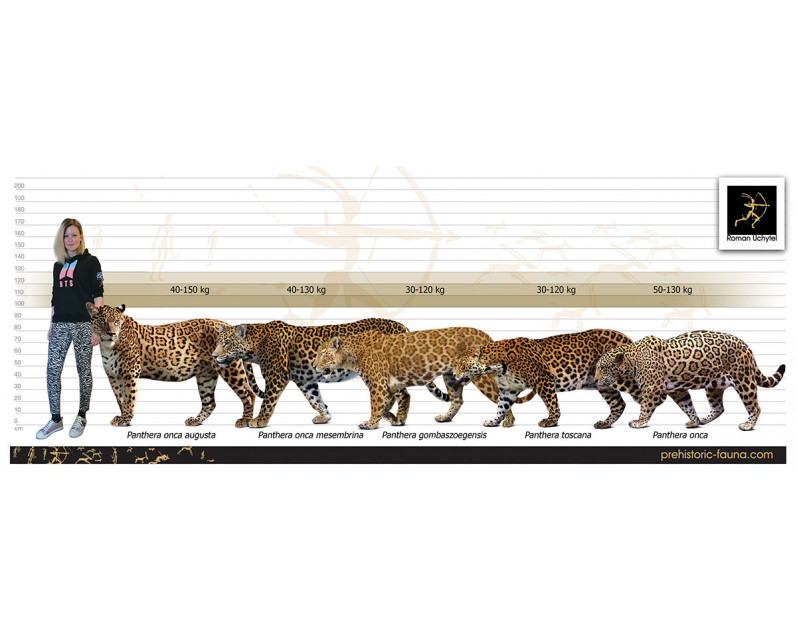
-70x56.jpg)

-70x56.jpg)


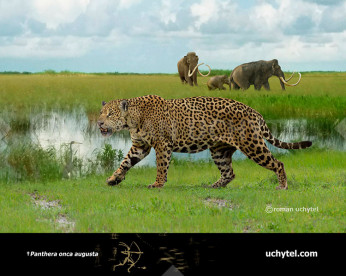
-346x277.jpg)
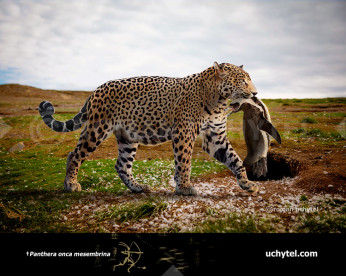
-346x277.jpg)
